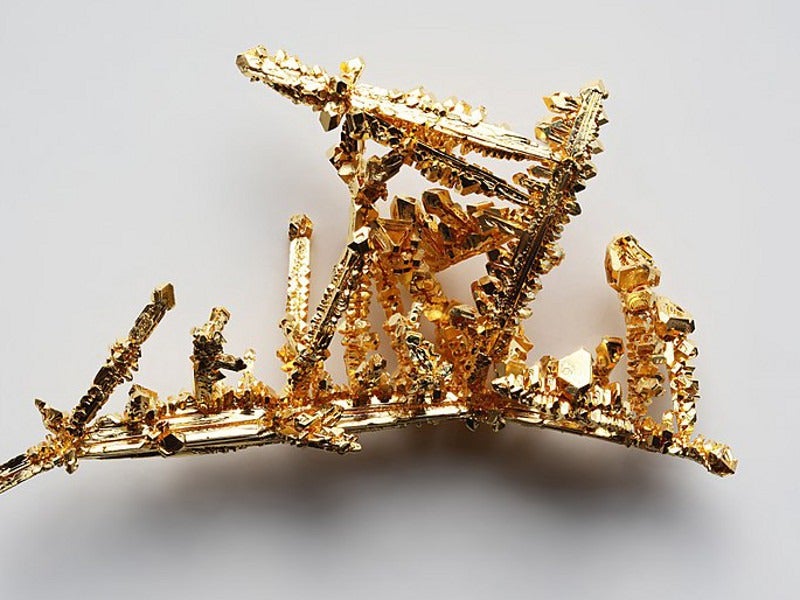The Meliadine gold mine is a high-grade gold mine situated near Rankin Inlet in Kivalliq District of Nunavut Territory in Canada. Agnico Eagle Mines fully holds the Meliadine gold mine, which is the company’s biggest gold deposit.
The mine is expected to produce 5.7 million ounces (Moz) of gold over its mine life of 15 years. First gold pour from the project was made in February 2019, while commercial production is anticipated to be started in the second quarter of 2019.
The project is expected to produce approximately 230,000oz of gold in 2019 and 385,000oz of gold in 2020.
The mine is being developed in two phases with the first phase expected to extract approximately 3,750 tonnes per day (tpd) entirely from underground deposits. The second phase is expected to increase the mill capacity to approximately 6,000tpd, with ore sourced from both the underground and open-pits from the fifth year.
Meliadine gold project location, geology, and mineralization
The Meliadine gold project is located approximately 25km from Rankin Inlet and 290km from the Meadowbank mine. Agnico Eagle gained ownership of the historical project following the acquisition of Comaplex Minerals, in July 2010.
The project is situated on the northern portion of Archean Rankin Inlet Greenstone Belt, within a sub-domain of the Canadian Shield. It extends in more than 111,358ha and is made up of seven gold deposits namely Tiriganiaq, Discovery, F zone, Wesmeg, Normeg, Wolf, and Pump.
Mesothermal quartz-vein-dominated gold mineralization is identified at the project, which is hosted in quartz vein formations of Archean turbidites, iron formation, and volcanic rocks.
Meliadine gold project reserves
The Meliadine gold project holds approximately 16.1 million tonnes (Mt) of proven and probable reserves grading 7.12 grams per tonne (g/t) and containing 3.7Moz of gold, as of December 2017.
Mining and ore processing at Meliadine gold project
Conventional open-pit mining method, involving truck and shovel, is used to mine the open-pits, while long-hole mining method (transverse or longitudinal mining) is proposed for the underground mine development.
Initial mining is being conducted on the Tiriganiaq and Wesmeg deposits. The primary stopes are proposed to be backfilled using cemented paste fill, while dry rock filling will be used for secondary stopes.
Ore is processed using a conventional gold circuit comprising crushing, grinding, gravity separation, and cyanide leaching with a carbon-in-leach circuit (CIL). The resulting product is subject to cyanide destruction and filtration of the tails.
Meliadine gold project infrastructure
The Meliadine gold project is accessed from Rankin Inlet through a 23.8km-long private all-weather access road. Fresh water required by the mine is sourced from the nearby Meliadine Lake, while potable water is collected from a new treatment plant.
Electrical power is supplied by a 31.3MW diesel-fuelled generation facility, which is equipped with six 5.2MW units.
Contractors involved
Golder Associates was engaged to provide geo-mechanical support, in addition to mine design analysis and recommendations for the Tiriganiaq open-pit.
Agnico Eagle prepared the technical report of the Meliadine gold project, with support from Knight Piésold, Mine Design Engineering, BBA, EBA (Tetratech), SGS Canada, and Stantec.
Agnico has engaged Orbit Garant for conducting diamond drilling as part of the exploration and ramp development project in 2014, while CMAC and Sarliaq were engaged for underground ramp development.
Other parties involved in the exploration and ramp development project include TPQ, DSI, Nolinor, Kisarvik, Tangmaarvik, Qikiqtaaluk, NSSI, DSI, Orica-Sarliaq, and MTI.




